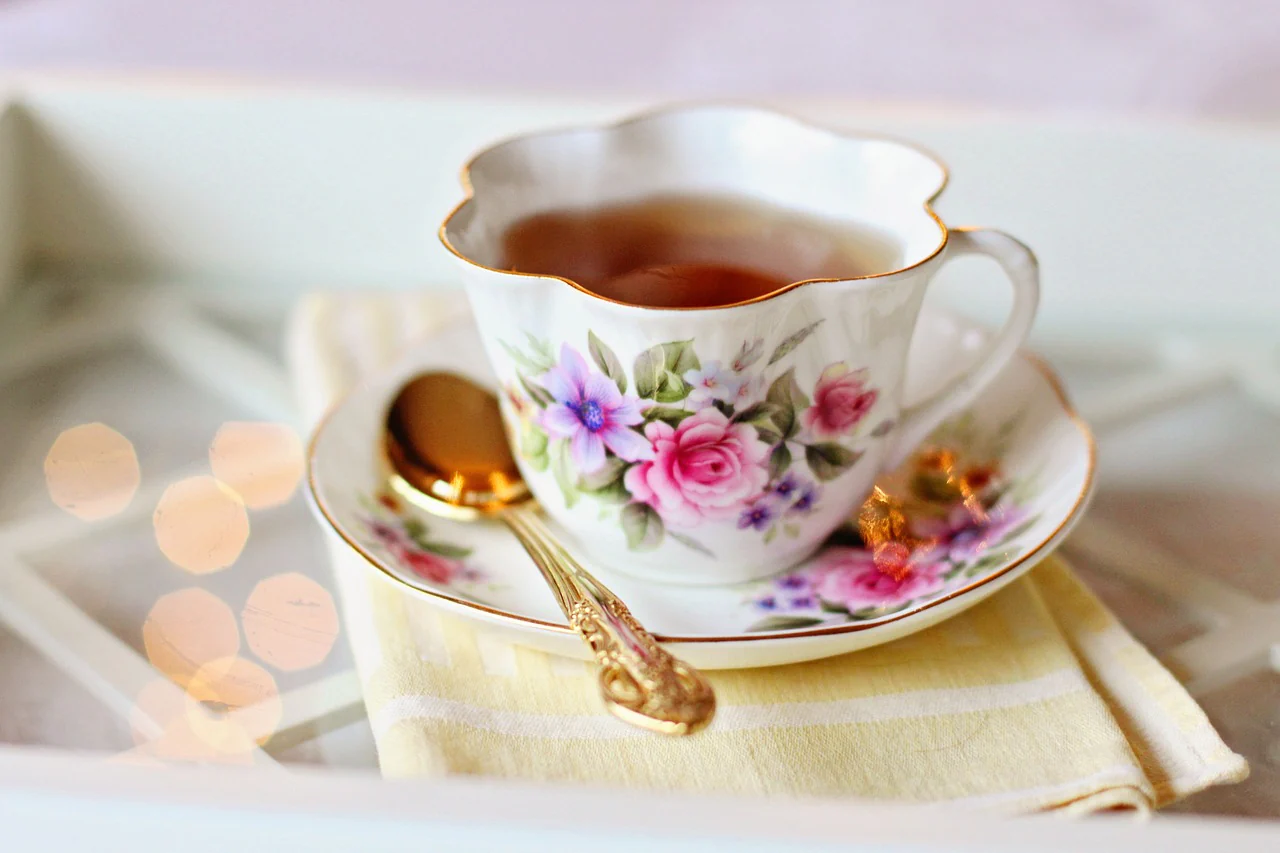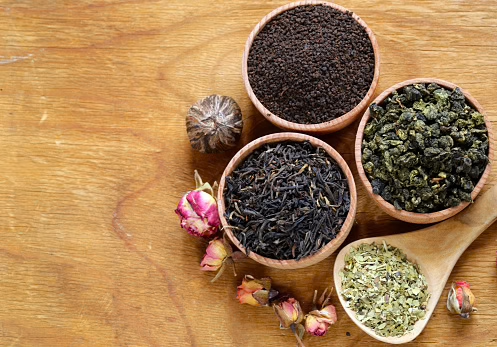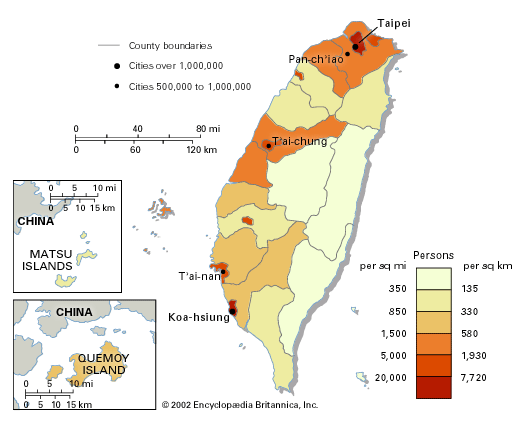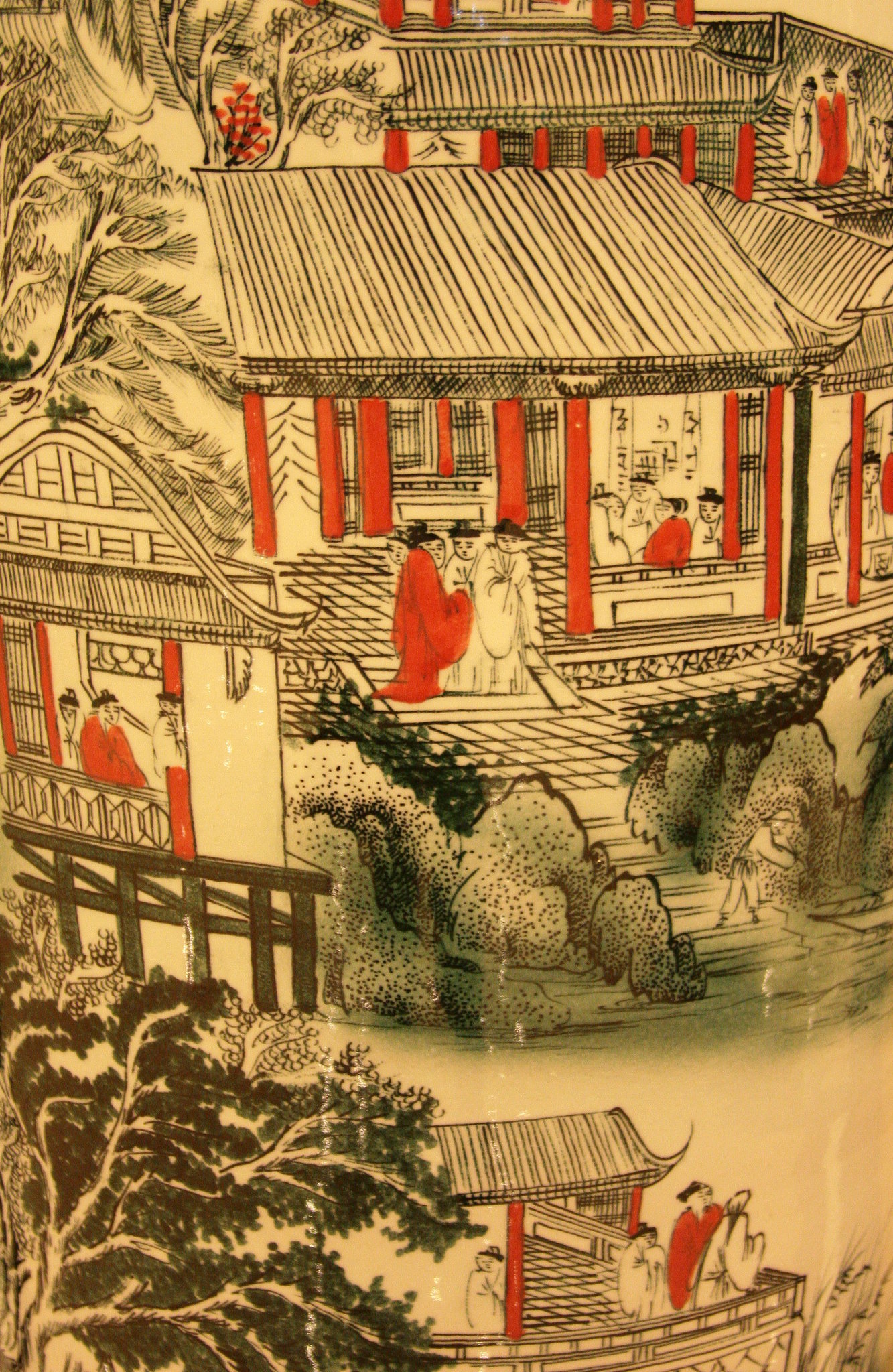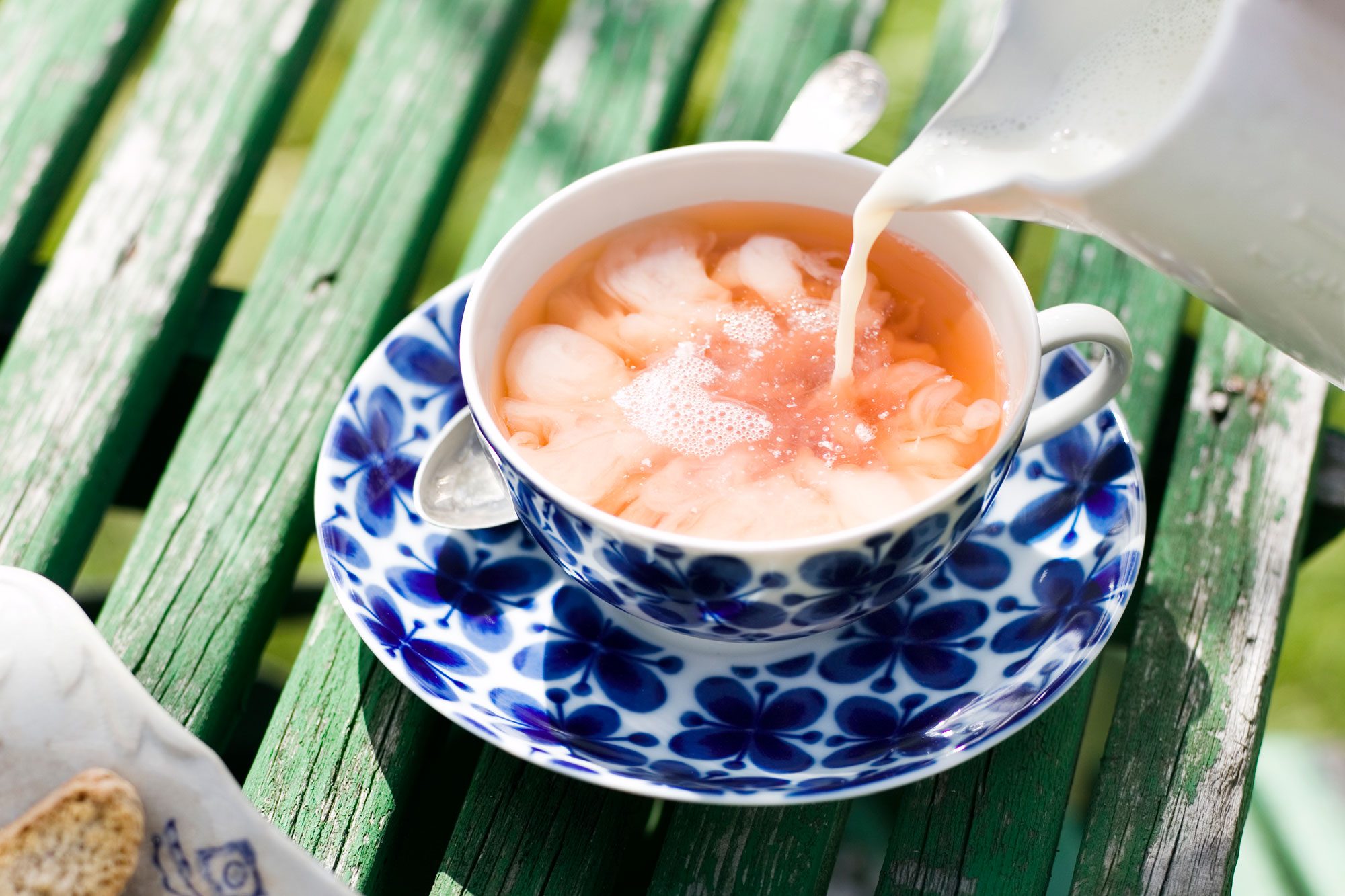Taiwanese black teas offer a distinct profile compared to their Indian and Chinese counterparts, characterized by unique flavors, cultivation methods, and processing techniques. Here’s a comparative overview:
Flavor Profiles
- Taiwanese Black Teas: Known for their sweetness and smoothness, Taiwanese black teas often feature floral and fruity notes. Popular varieties such as Sun Moon Lake Black Tea and Ruby Black Tea #18 are appreciated for their rich flavors with a slight astringency, similar to some Indian teas but with a more refined character.
- Indian Black Teas: Generally, Indian black teas are described as bold and robust, often with a tendency to become bitter if over-brewed. For instance, Assam teas are known for their strong flavor, while Darjeeling offers a more delicate profile with complex floral notes. The use of milk or sugar is common in India, enhancing the tea’s richness.
- Chinese Black Teas: Chinese black teas tend to be more delicate and refined, often showcasing nutty, chocolaty, or even fruity flavors. Varieties like Keemun are celebrated for their smoothness and aromatic complexity, which contrasts with the stronger notes found in many Indian teas.
Cultivation and Terroir
- Taiwan: The unique mountainous terrain of Taiwan provides ideal conditions for tea cultivation, resulting in teas that often reflect the island’s specific terroir. Taiwanese black teas are typically grown at high altitudes, which contributes to their nuanced flavors.
- India: Indian tea regions like Assam and Darjeeling have diverse climatic conditions that influence flavor profiles significantly. Assam is known for its lowland cultivation, producing robust teas, while Darjeeling’s high-altitude gardens yield lighter, more aromatic varieties.
- China: With a vast range of climates across its tea-growing regions, China produces a wide variety of black teas. The diversity in soil and weather conditions allows for an extensive range of flavors, from malty Yunnan teas to the more subtle Fujian varieties.
Processing Techniques
- Taiwan: Taiwanese black teas often utilize innovative processing methods that enhance their natural sweetness and complexity. The Ruby #18 cultivar is notable for its unique flavor profile that can include menthol-like notes.
- India: Traditional processing methods in India focus on maximizing bold flavors. The leaves are typically fully oxidized, leading to the strong characteristics associated with Indian black teas
- China: Chinese black tea processing can vary widely but generally emphasizes preserving delicate flavors. Techniques may include varying degrees of oxidation and careful drying processes to maintain the integrity of the tea’s natural notes
Conclusion
In summary, Taiwanese black teas stand out due to their sweet and smooth flavor profiles, influenced by high-altitude cultivation and innovative processing techniques. In contrast, Indian black teas are robust and full-bodied, while Chinese black teas offer a more delicate experience. Each region’s unique terroir and cultural practices contribute significantly to the diversity of flavors available in the world of black tea.

